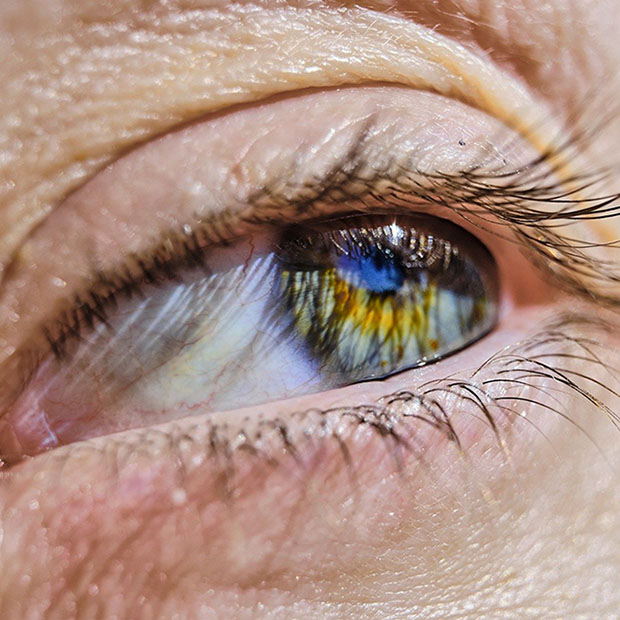The Anatomy of the Human Eye

How much do you know about the structures of the human eye?
All within something as small as a large marble, photons of light are transformed into streams of accurate, detailed, moving images that we are able to interpret and react to. Our sense of sight keeps us connected to our surroundings in so many ways, from showing us the faces of those we love to enabling us to read or drive or play sports. How can our eyes do so much?
A Quick Look at Eye Anatomy
We won’t be giving you a complete glossary of eye anatomy terms, but we want to go over the structures that are most important for creating the images we see. We’ll start at the front of the eye and work our way back.
- The cornea: the clear layer covering the front of the eye that lets the light get through.
- The iris: the colorful, circular muscle that expands and contracts to control the amount of light that gets in.
- The lens: the clear disc that changes shape to focus on objects at different distances. (Kind of the opposite of a camera lens, which cannot change shape and has to physically move to change focus.)
- The retina: the thin layer of tissue at the back of the eye where the photoreceptors (light-sensitive cells called rods and cones) are.
- The optic nerve: what collects visual information from the retina and transmits it to the brain for processing — at an estimated rate of a million bits per second! That’s fast!
The Teamwork of The Eyes: Binocular Vision
Try focusing on an object and closing one eye, then switching to the other eye. The distance between our eyes is small, but it’s enough that you see things from a slightly different angle from your left eye and your right. The way the two images combine into one field of vision is called binocular vision. It creates a live 3D image that gives us depth perception, or the ability to judge relative distances of objects from us, a critical visual skill.
The Visual Cortex of the Brain
Once an image reaches the optic nerve, it travels to the occipital lobe in the back of the brain, where the visual cortex is located. Seeing takes a lot of brainpower, with 20% of the human brain dedicated to visual processing and another 40% involved in assisting with vision+meaning, vision+motor, vision+touch, or vision+attention. Numerous times per second, the brain absorbs and processes new visual data, which is how we perceive, understand, and react to motion.
The Eye’s Built-in Defense and Maintenance
All of those amazing structures wouldn’t be able to do their jobs without the support of others. The eyebrows, eyelids, and eyelashes all help protect our eyes from outside debris getting in. Blinking refreshes the tear film and clears away debris and other contaminants, and the tear film is replenished and maintained by a series of glands and ducts.
Keeping Your Eyes Healthy
We will never stop being amazed by how all these structures and systems work together to create our sense of vision, but all this complexity means there are a lot of ways for something to go wrong. That’s where the eye doctor comes in! Make sure to keep up with your regular eye exams and contact us if anything changes about your eyesight.
